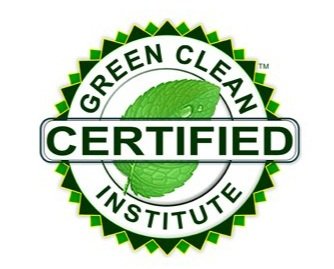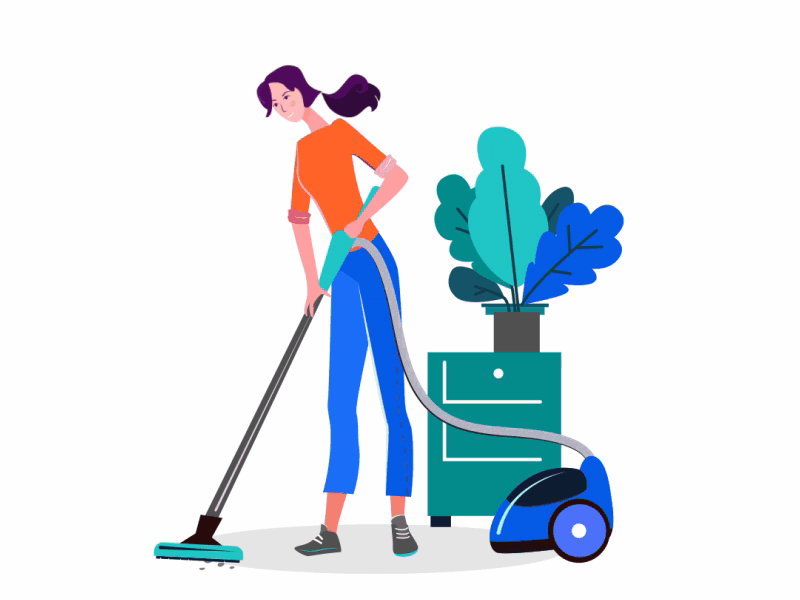IAQ Specialist Training
According to the NIH (National Institute of Health) & the CDC (Center for Disease Control) "90% of harmful bacteria live in biofilm that cannot be cleaned away by the strongest disinfectant."
Biolfilm Resists Normal Cleaning
If a surface is greasy, you can feel it. It might smear if you run your finger across it. This thin film is a normal occurrence in our lives, and some soap and water will break up the greasy film and remove it. Yet, there is another film that is actually found on all surfaces, and soap and water cannot remove it. It is called "Biofilm".
Biofilm is actual a network of threads created by colonizing bacteria. Bacteria is everywhere and always around us. Reproducing bacteria send new bacteria into the air (called planktonic bacteria) that eventually land on all surfaces and immediately start to colonize that area. The cycle repeats and repeats about every twenty minutes. Surprisingly, one lone bacteria and multiply into sixteen million bacteria in about eight hours.
As the biofilm is formed, it is soft for bout 24 hours, then it hardens. As the header says above, the best sanitizers may kill the exposed bacteria and viruses, but will not clean away the biofilm not kill the bacteria and virus hidden under the biofilm.
Top Reasons to Use Disinfectants
There are real reasons to believe that cleaning with disinfectants is a momentary solution with longer-term disadvantages. This is because the harmful bacteria will quickly rebound and the surface may be worse off than before sanitizing. That is because the harmful bacteria actually reproduce faster than the good bacteria. So, there is a dissonance between the short-term Benefits versus the next eight hours of bacterial rebound.
Bacterial rebound after cleaning
Protects germs from sanitizing efforts
Contributes to the spread of disease
20% of bacteria can be harmful
The solution is a natural concept. Repopulate the surfaces after cleaning with a probiotic (good Bacteria) misting. The good bacteria love biofilm and eat it up denying a ready food source to the competing bad bacteria. Without the protection of the biofilm and exposure to the next round of sanitizers, the overall impact of sanitizing will greatly improve.

